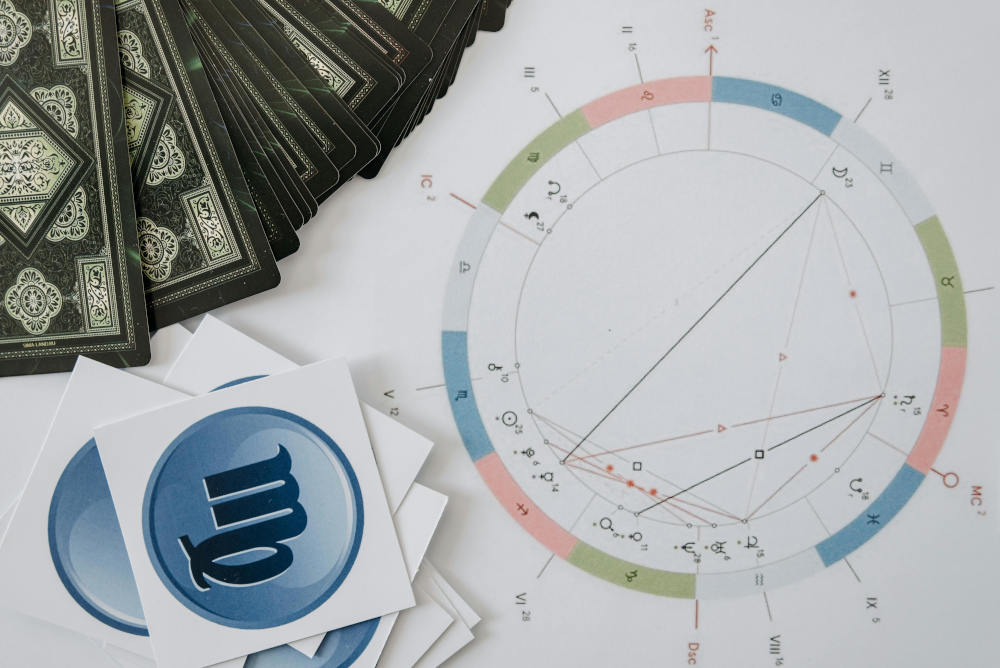
Astrology and crystals have captivated human imagination for thousands of years. Both practices are tied to beliefs about the universe’s unseen forces influencing our lives. But what religions actually embrace astrology and crystals? The answer is complex. Some religious traditions fully integrate these practices, while others reject or caution against them. Let’s explore the fascinating relationship between astrology, crystals, and religion.
Panaprium is independent and reader supported. If you buy something through our link, we may earn a commission. If you can, please support us on a monthly basis. It takes less than a minute to set up, and you will be making a big impact every single month. Thank you!
Early Origins: Ancient Religions and the Birth of Astrology and Crystals
Astrology and crystals date back to ancient civilizations long before the major world religions took form.
-
Mesopotamians (around 3000 BCE) were among the first to track the stars and interpret celestial events as signs from the gods.
-
Ancient Egyptians used crystals like lapis lazuli, turquoise, and carnelian for protection and healing. They also aligned their pyramids with astronomical points.
-
Hinduism and early Vedic culture in India developed intricate astrological systems (Jyotish) and revered gemstones for their energetic properties.
In these ancient cultures, religion, astrology, and crystals were deeply intertwined. The heavens were seen as communicating divine will, and stones were thought to hold spiritual powers.
Hinduism: A Deep Connection to Astrology and Crystals
Among major world religions, Hinduism has one of the most profound connections to both astrology and crystals.
Astrology in Hinduism
Hindu astrology, or Vedic astrology (Jyotish Vidya), remains a central part of religious life.
-
Birth charts (Kundli) are drawn based on the exact time and place of birth.
-
Astrologers are consulted for marriage compatibility, career decisions, and auspicious dates for ceremonies.
-
Planetary influences (grahas) are believed to affect karma and destiny.
Astrology isn’t considered a separate belief but an extension of the cosmic order (dharma) that governs life.
Crystals and Gemstones in Hinduism
Crystals and gemstones are also significant in Hinduism, particularly in relation to astrology.
-
Navaratna (the nine gems) are linked to nine celestial bodies.
-
Wearing specific gemstones like ruby, emerald, sapphire, or pearl is thought to mitigate negative astrological influences.
-
Sacred texts like the Garuda Purana mention the spiritual benefits of various stones.
In Hindu belief, both astrology and crystals are tools to balance cosmic energies and promote spiritual evolution.
Buddhism: Subtle Embrace of Crystals, Caution on Astrology
Buddhism generally emphasizes personal enlightenment over external tools. However, crystals and astrology still have a presence, especially in certain branches.
Crystals in Buddhism
-
Tibetan Buddhism uses crystals in prayer beads (mala) and healing rituals.
-
Quartz crystals are believed to amplify spiritual energy and aid meditation.
-
Mandalas often incorporate symbolic gemstones representing spiritual states.
Crystals are seen as aids, not essential to enlightenment, but helpful in focusing the mind and energy.
Astrology in Buddhism
In Tibetan Buddhism, astrological readings are used to select auspicious dates for major life events like ordinations or weddings.
-
Tibetan astrology blends Indian Jyotish, Chinese astrology, and native Bon traditions.
-
However, mainstream Theravada Buddhism largely avoids astrology, emphasizing that liberation comes from internal practice rather than external forces.
Thus, Buddhism shows a mixed but respectful view of astrology and crystals depending on the tradition.
New Age Spirituality: Full Embrace of Astrology and Crystals
New Age spirituality is not a traditional "religion" in the strict sense, but it deserves mention. Emerging in the 20th century, New Age belief systems freely incorporate both astrology and crystals.
-
Astrological charts are often used for self-understanding and forecasting life events.
-
Crystals like amethyst, rose quartz, and citrine are used for healing, chakra balancing, and emotional well-being.
-
Energy work, including crystal grids and planetary meditations, are common practices.
New Age spirituality reflects a syncretic approach, blending elements from Hinduism, Buddhism, ancient Egyptian beliefs, indigenous traditions, and even modern psychology.
Indigenous Traditions: Deep Spiritual Connection with Crystals and the Stars
Many indigenous religions and spiritual systems around the world naturally integrate astrology and crystal use, though often in ways very different from mainstream modern practices.
Crystals
-
Native American tribes use stones like turquoise for protection, healing, and spiritual communication.
-
Australian Aboriginal cultures view certain crystals as "power stones" used by shamans for spiritual work.
-
African traditional religions often incorporate minerals and stones in rituals and healing practices.
Stars
-
Indigenous peoples, from the Maya to the Lakota, closely observed the stars and believed celestial events affected earthly life.
-
Star knowledge was considered sacred, guiding agricultural cycles, ceremonies, and spiritual journeys.
In indigenous traditions, crystals and stars are often seen as living parts of a connected cosmos, not inert objects or distant phenomena.
Christianity: Historically Cautious or Opposed
Christianity has historically taken a cautious — often negative — stance toward astrology and crystals.
Astrology
-
The Bible contains warnings against divination, fortune-telling, and interpreting omens (e.g., Deuteronomy 18:10-12).
-
Early Church Fathers denounced astrology as a pagan practice conflicting with free will and divine providence.
-
However, medieval Christian scholars like Thomas Aquinas distinguished between "natural astrology" (like weather prediction) and "judicial astrology" (predicting personal fate), allowing limited study of the stars.
Modern Christian denominations, especially Catholic, Protestant, and Orthodox branches, generally discourage or outright condemn astrology.
Crystals
-
Crystals appear in the Bible (like the twelve stones on the High Priest's breastplate in Exodus 28).
-
However, using crystals for magical or healing purposes is often viewed as superstitious or occult.
-
Some Christians today are interested in crystals for aesthetic or symbolic reasons (e.g., purity, strength) but avoid attributing spiritual power to them.
Overall, Christianity separates faith in God from reliance on astrology or crystal energies.
Islam: Clear Prohibition Against Astrology, Limited Use of Stones
Islam takes a strong position against astrology, though certain stones hold spiritual significance.
Astrology
-
The Quran warns against seeking knowledge of the unseen except through Allah (e.g., Surah Al-Jinn 72:26-27).
-
Astrology is considered shirk (associating partners with God) because it implies that celestial bodies have power independent of Allah’s will.
Islamic scholars generally prohibit horoscopes and star-based predictions.
Crystals and Stones
-
Certain stones, like the black stone (Hajr Aswad) at the Kaaba in Mecca, are revered.
-
Prophet Muhammad is reported to have worn a ring with an agate stone.
-
Islamic healing traditions (Tibb) sometimes use stones symbolically but without attributing independent magical power.
Thus, while astrology is rejected, crystals have a limited, mainly symbolic role within Islam.
Judaism: Mixed Views Depending on Tradition
Judaism presents a nuanced perspective.
Astrology
-
Ancient Jewish texts, such as the Talmud, reference astrology.
-
Some rabbis acknowledged astrology's influence but stressed that faith and righteousness could overcome astrological fate.
-
Kabbalistic traditions include complex teachings about planetary energies.
Modern Jewish thought, particularly among Reform and Conservative branches, tends to view astrology skeptically. Orthodox communities may vary in their views.
Crystals
-
Like Christianity, Judaism references crystals in the description of the High Priest’s breastplate, which included twelve stones symbolizing the twelve tribes of Israel.
-
However, Jewish practice does not involve using crystals for magical or healing purposes in the way New Age movements do.
Thus, Judaism maintains respect for symbolic meaning but generally avoids superstitious practices.
Conclusion: A Tapestry of Beliefs
Astrology and crystals thread through many religious traditions, but their acceptance varies greatly.
-
Fully Embracing: Hinduism, New Age spirituality, Indigenous traditions
-
Selective or Symbolic Use: Buddhism, Judaism
-
Generally Opposed: Christianity, Islam
Understanding these relationships reveals how deeply human beings have long sought to connect the visible and invisible worlds. Whether for divine guidance, healing, or cosmic alignment, astrology and crystals continue to inspire awe, curiosity, and spiritual exploration.
As always, individual beliefs may vary widely even within a religion, shaped by culture, geography, and personal spirituality.
Was this article helpful to you? Please tell us what you liked or didn't like in the comments below.
About the Author: Alex Assoune
What We're Up Against
Multinational corporations overproducing cheap products in the poorest countries.
Huge factories with sweatshop-like conditions underpaying workers.
Media conglomerates promoting unethical, unsustainable products.
Bad actors encouraging overconsumption through oblivious behavior.
- - - -
Thankfully, we've got our supporters, including you.
Panaprium is funded by readers like you who want to join us in our mission to make the world entirely sustainable.
If you can, please support us on a monthly basis. It takes less than a minute to set up, and you will be making a big impact every single month. Thank you.



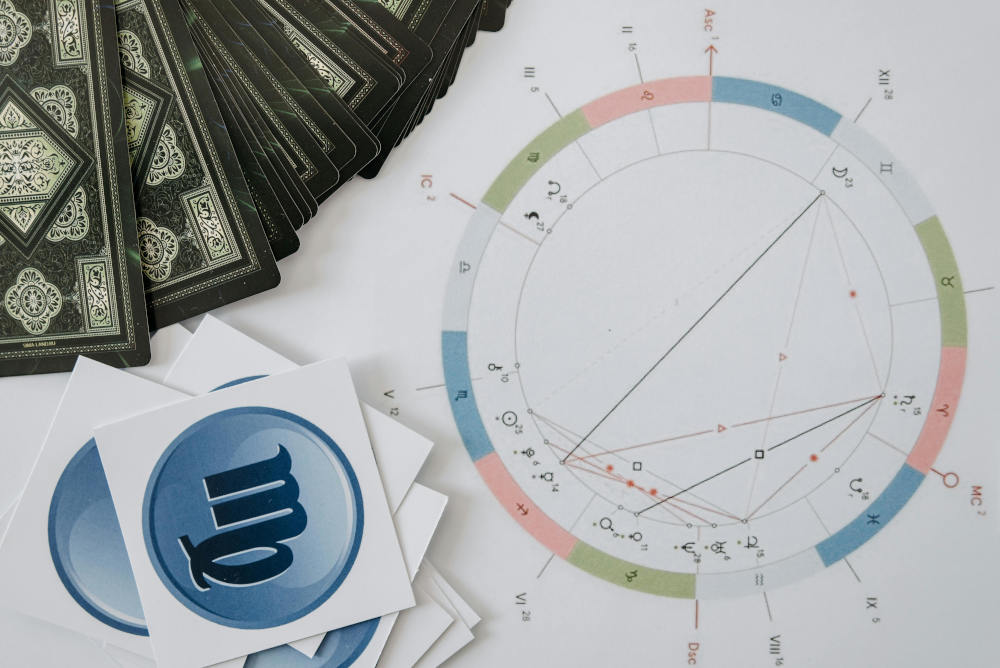
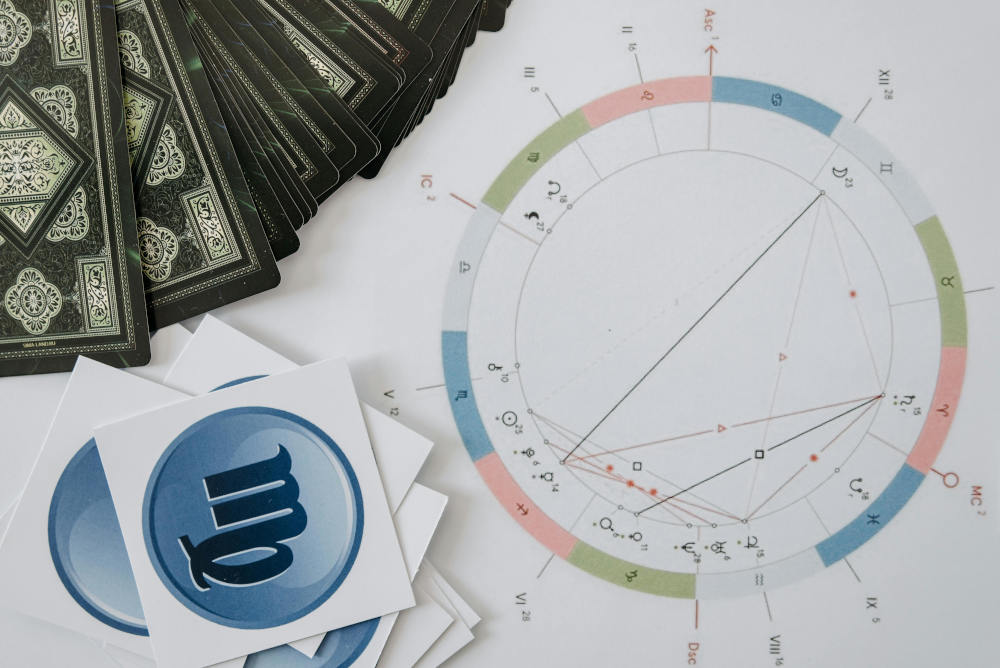
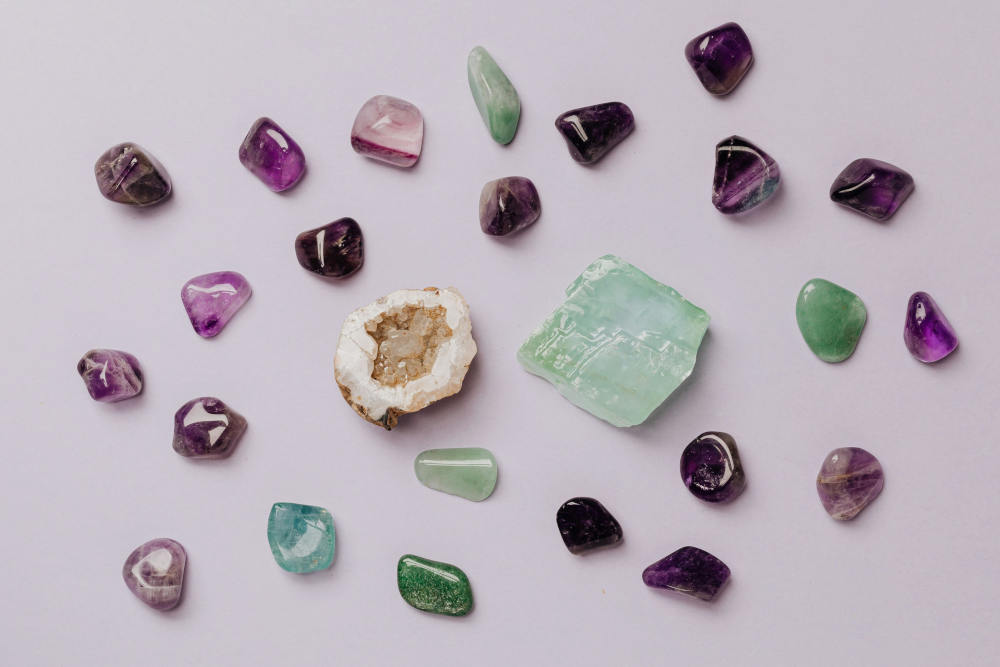
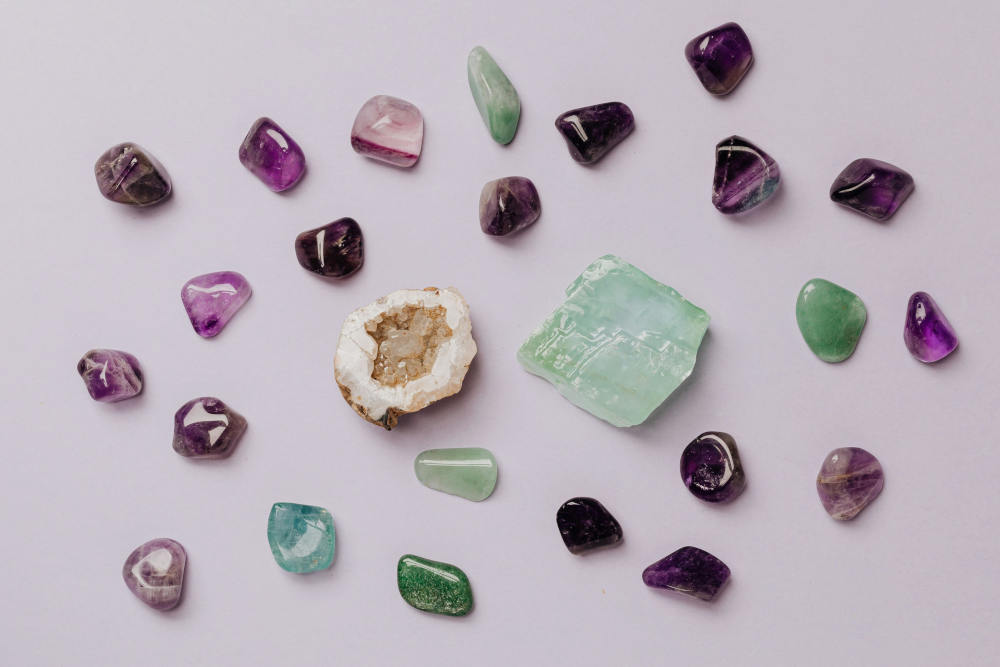
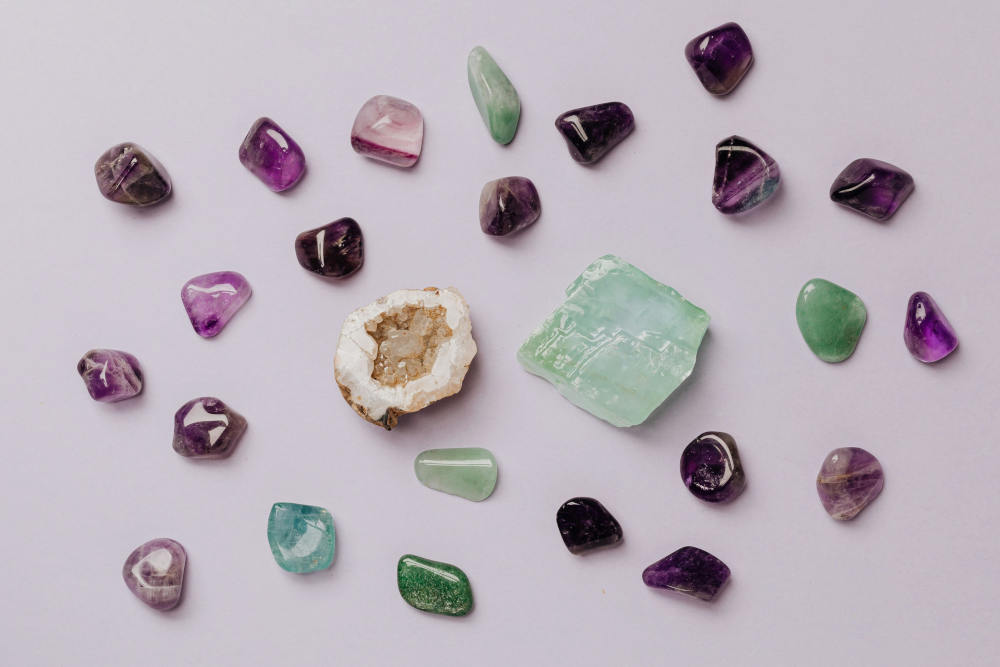
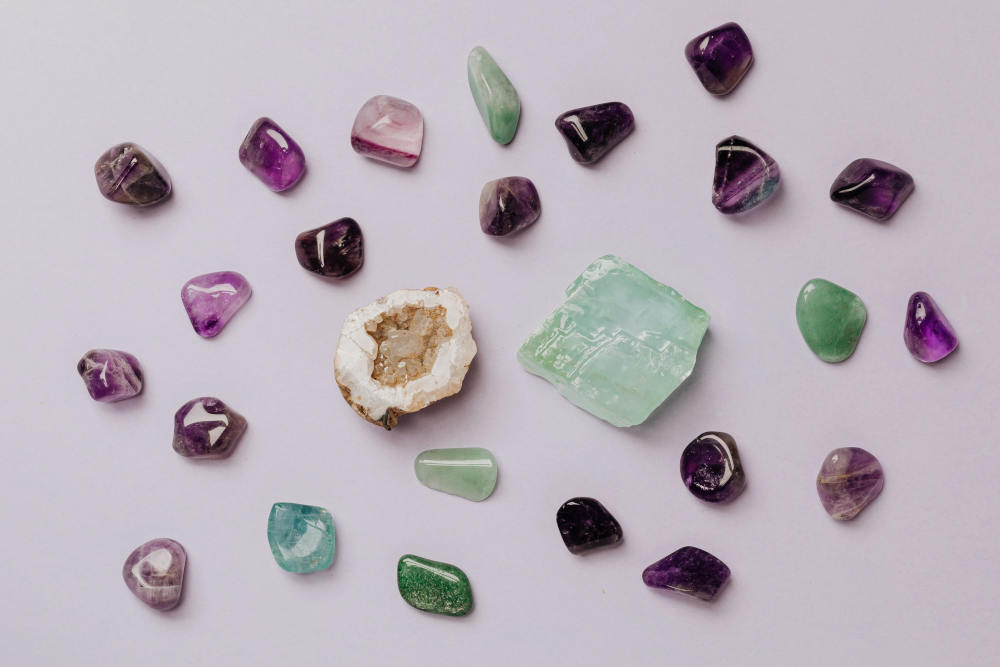
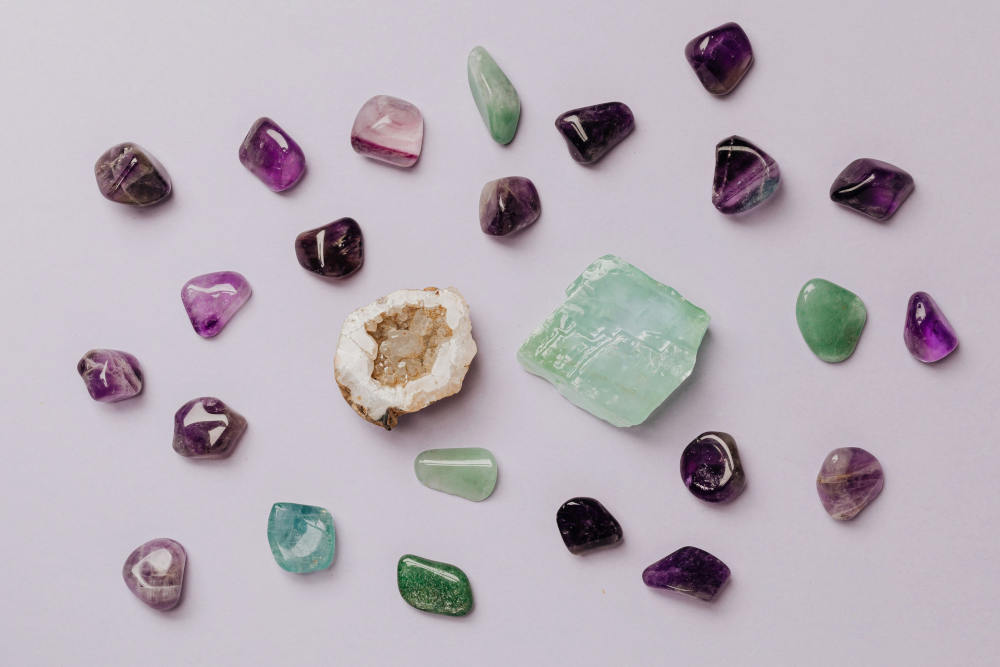



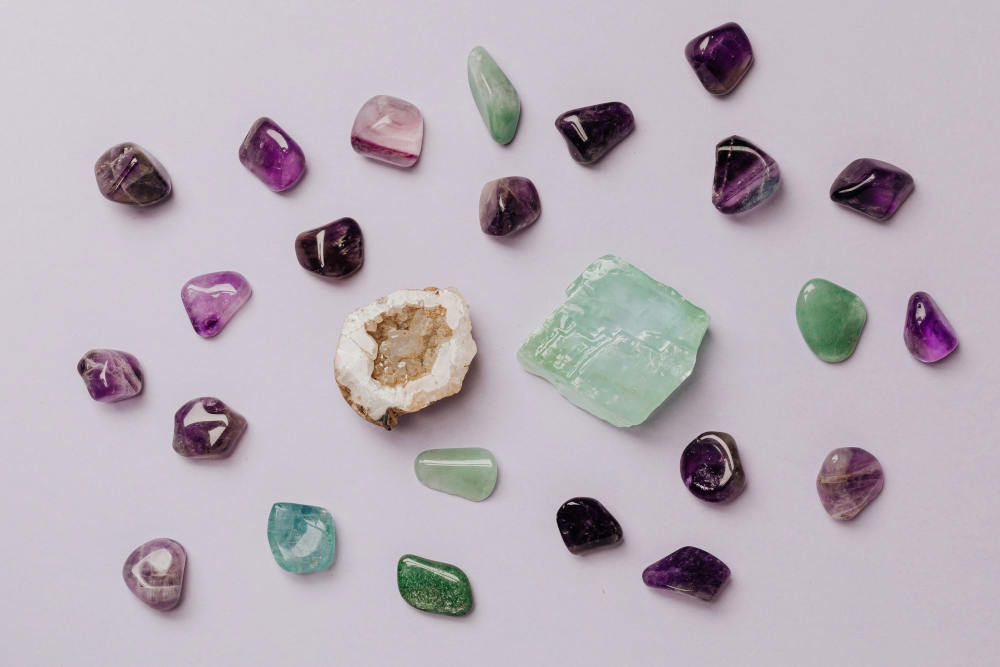
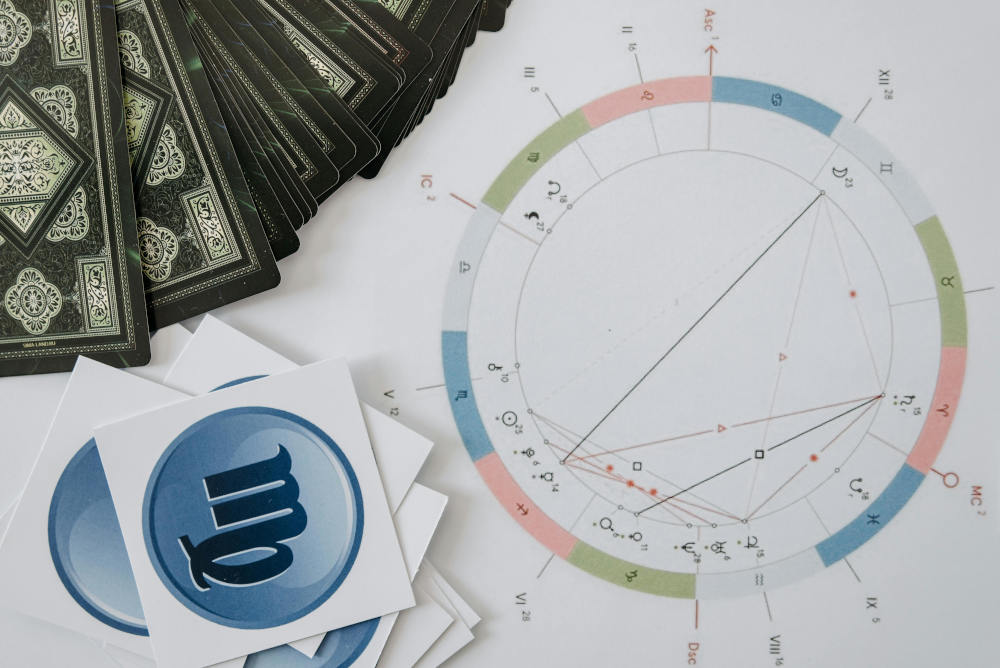




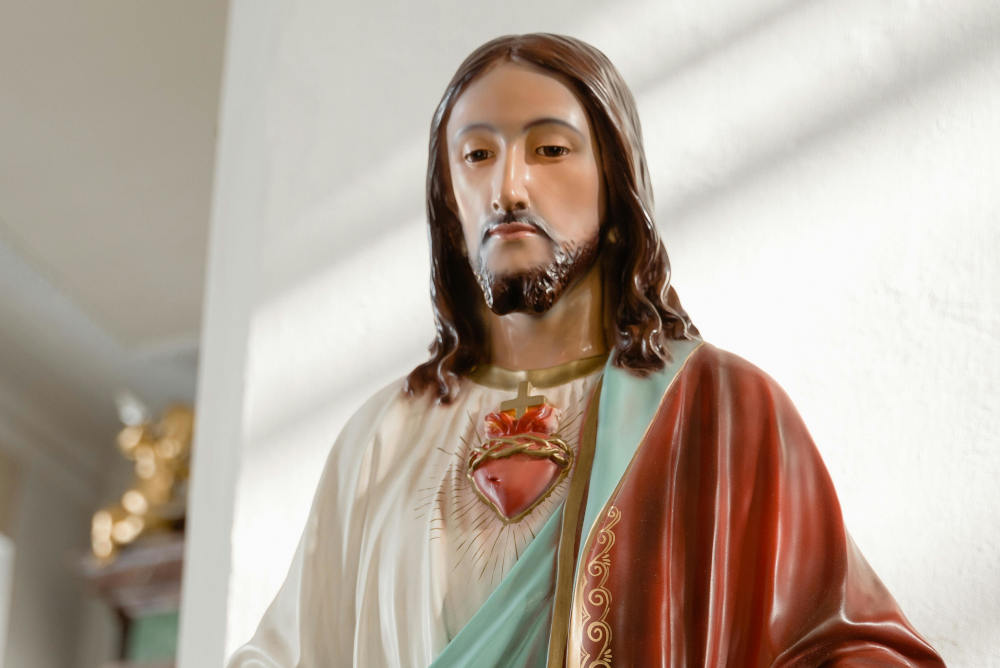
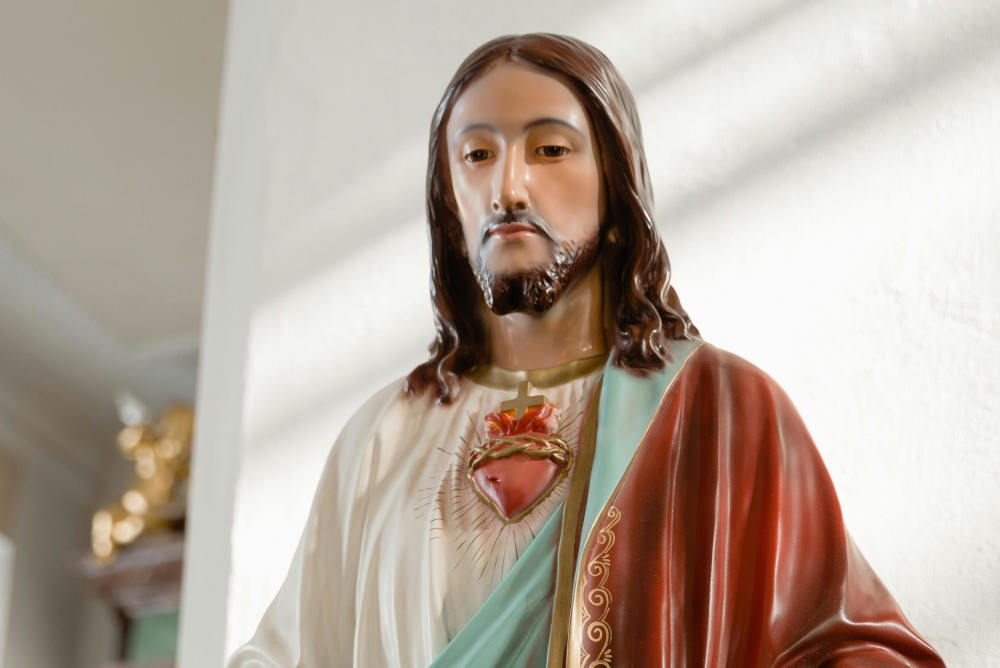
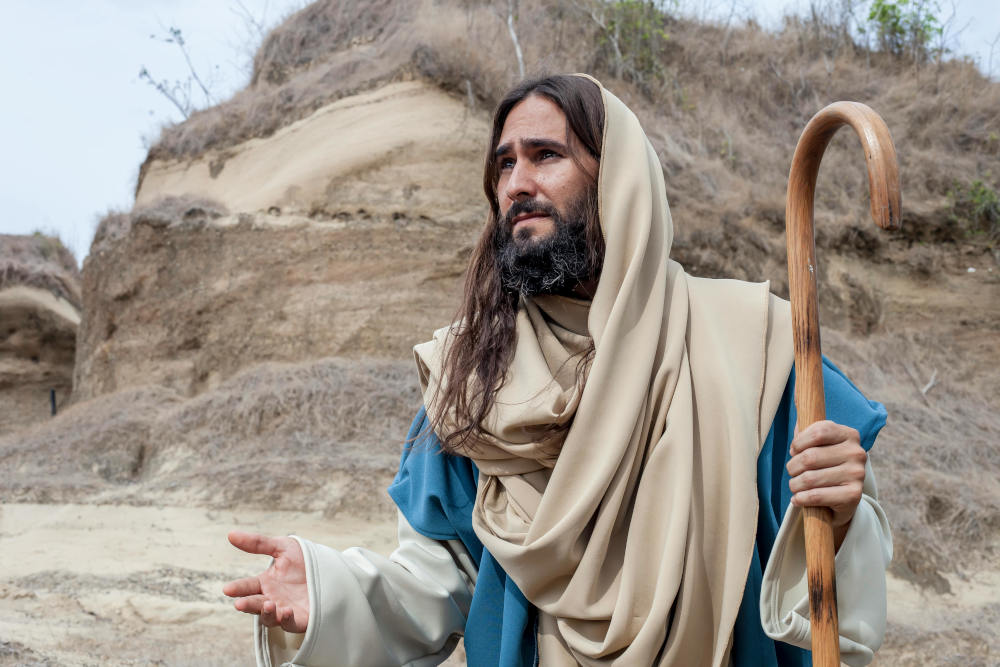
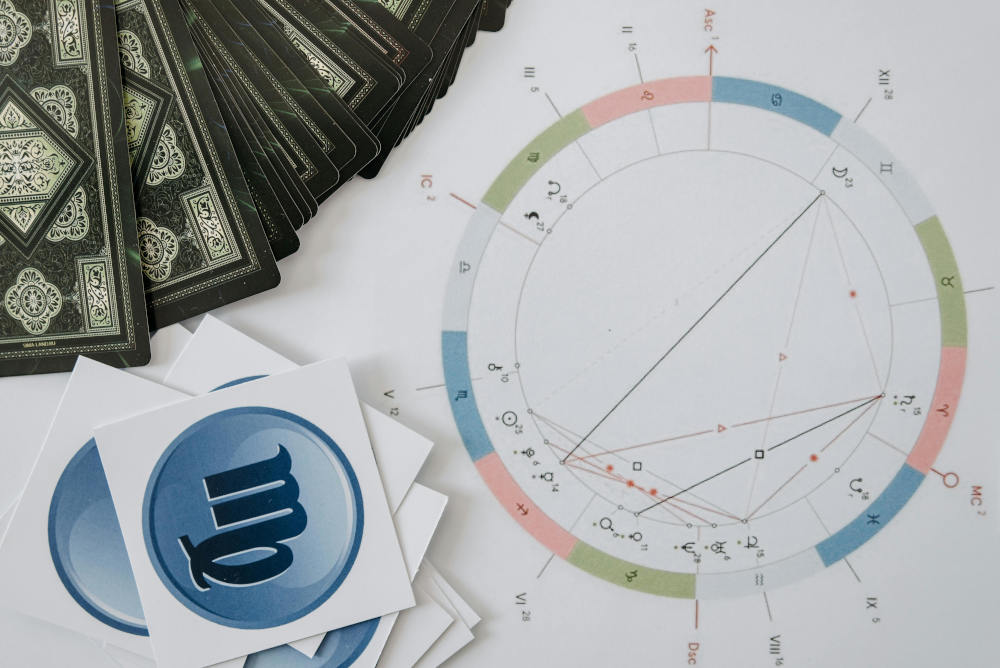



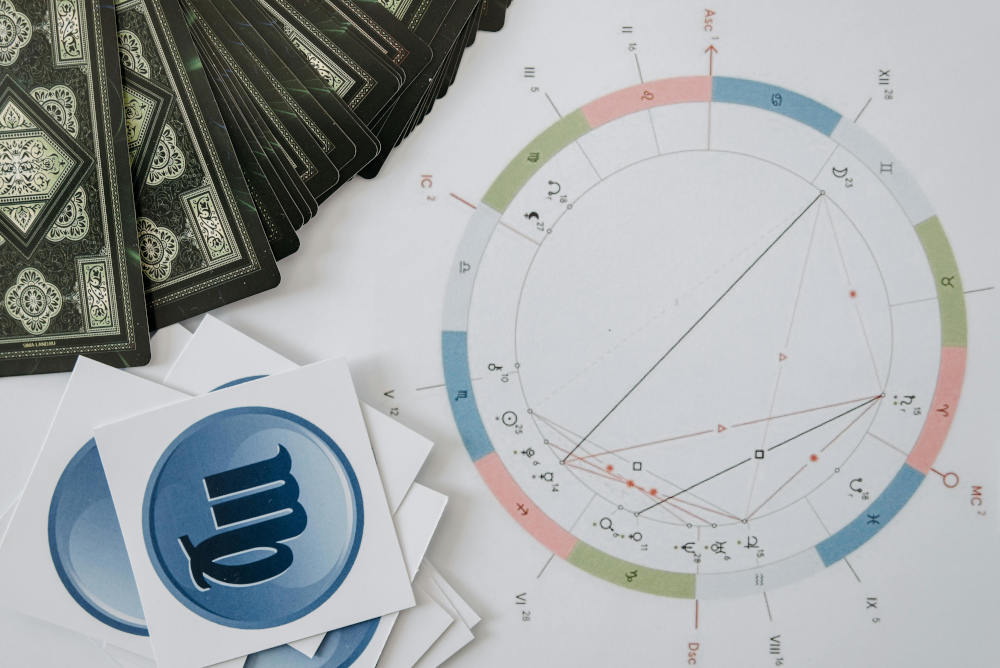




0 comments